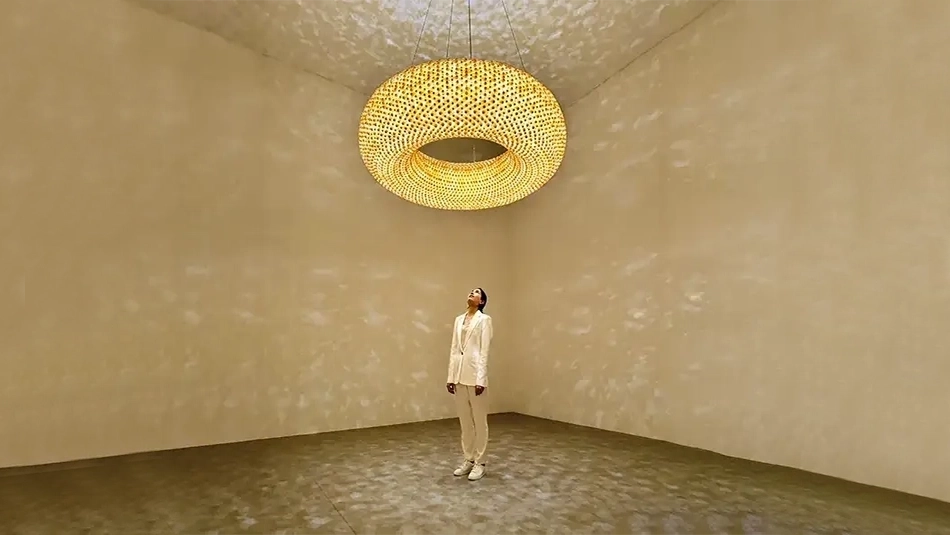The fourth edition of the Xposure International Photography Festival
BY ANNA SEAMAN
Joseph Wachira, a conservationist at the Ol Pejeta Conservancy in Kenya, rests his forehead upon the wrinkled, leathery head of Sudan, a northern white rhino. The animal, 45 years old and in poor health, is in the final moments of his life.
A photograph captures the silent communication between rhino and caregiver as they say their goodbyes. Seconds after the picture was taken, the rhino died and, as the last male of his kind, so passed on an entire species.
Taken on March 19, 2018, the image by photographer Ami Vitale went on to grace the cover of National Geographic under the sub-headline: “What we lose when an animal goes extinct.” Poignant and heart-breaking, Vitale says the power in the image also lies in this pertinent sentence. “The thing that is so moving about it is not just the rhino but his connection to Joseph,” she says. “To me, that image represents everything. It represents our deep connection to nature as well as the ancient life of these creatures and how they are part of us, or how we are all part of each other. We are made of the same stuff, of atoms and of energy, and although we are different species, we are all sentient beings. I think that is what this image conveys.”
Last September, Vitale was one of hundreds of photographers visiting Sharjah for the fourth edition of Xposure, a leading photo festival in the Middle East. Hosted by Sharjah Government Media Bureau at Expo Centre Sharjah, the platform showcased some of the leading photographers from around the world, peppered with a robust programme of talks, workshops, screenings and focus groups aimed at supporting regional photography and journalism as well as contributing to the global conversation about the art form.
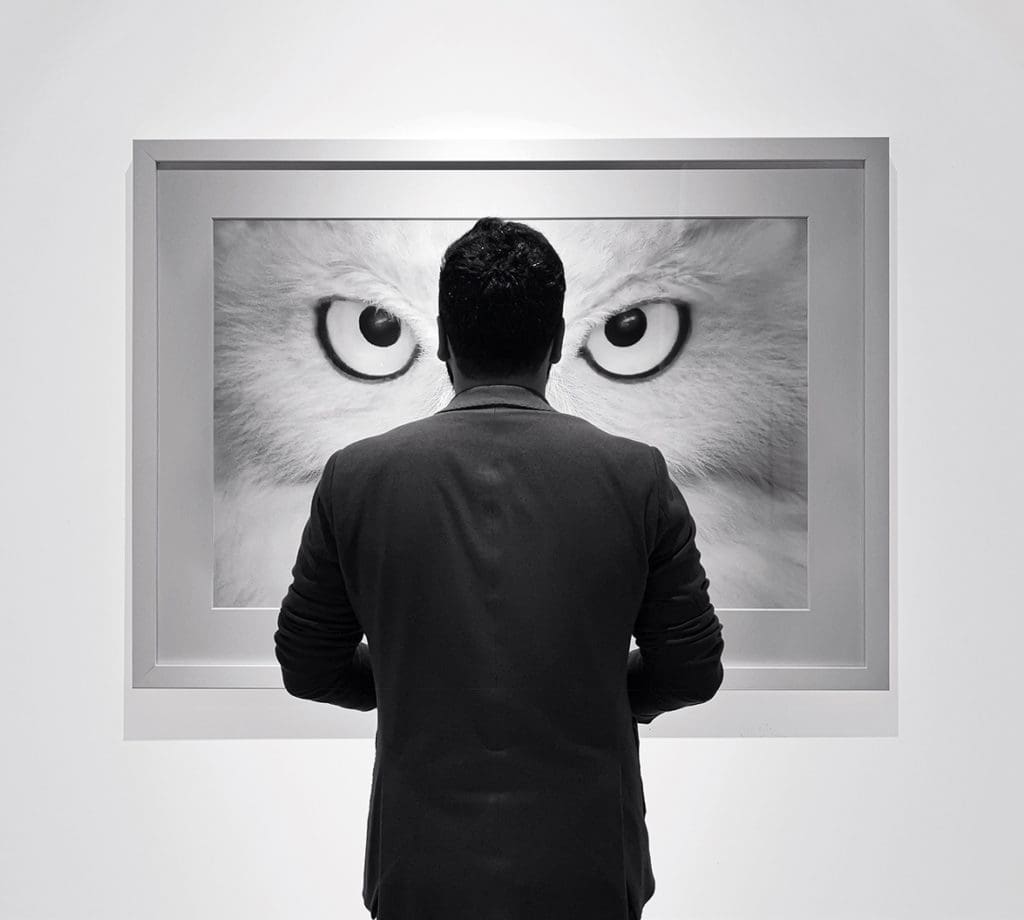
Sheikh Sultan Bin Ahmed Al Qasimi, chairman of Sharjah Media Council, founded the event to spread awareness about the need for transparency across all media outlets and crucial access to strong and compelling images. A keen amateur photographer himself, his personal interest added passion to the event and is an important contributor to its success. The impression it has made upon journalism and attitudes towards the media was condensed in one of the promotional posts on Xposure’s Instagram account in the lead-up to the event. The post consisted of a plain white background with the caption: “This is a photo of the world’s last male northern white rhino.” Rather than offer Vitale’s powerful image, the festival’s digital team provoked viewers with the hashtag #WorldWithoutPhotography, asking us to consider a world deprived of images and reduced only to text captions.
“This festival was founded to improve photojournalism in Sharjah and across the UAE,” says Sheikh Sultan. “In that respect, I know we have been successful both in raising awareness but also in identifying talent within our community.”
One of those young talents is Obaid Mohammed AlBudoor, whose stunning landscapes of Sharjah’s natural scenery and architecture were on display at the Sharjah Investment and Development Authority (Shurooq) booth. This was his first exhibition outside of an artistic institution and the young photographer said he was thrilled “that recognition is finally being given to regional photographers who are hoping to make an entry to the international scene.”
“I also carry immense pride to be able to showcase the hidden beauty of Sharjah,” he adds, saying that he spent much of his time at the festival answering questions about the emirate and dispelling stereotypes.
“The festival started out to address a gap within our media framework but it turned out to be so much more than that,” says Sheikh Sultan. “It is another form of cultural ambassadorship and what better way to do this than have photographers fall in love with the place and then share their images around the world.”
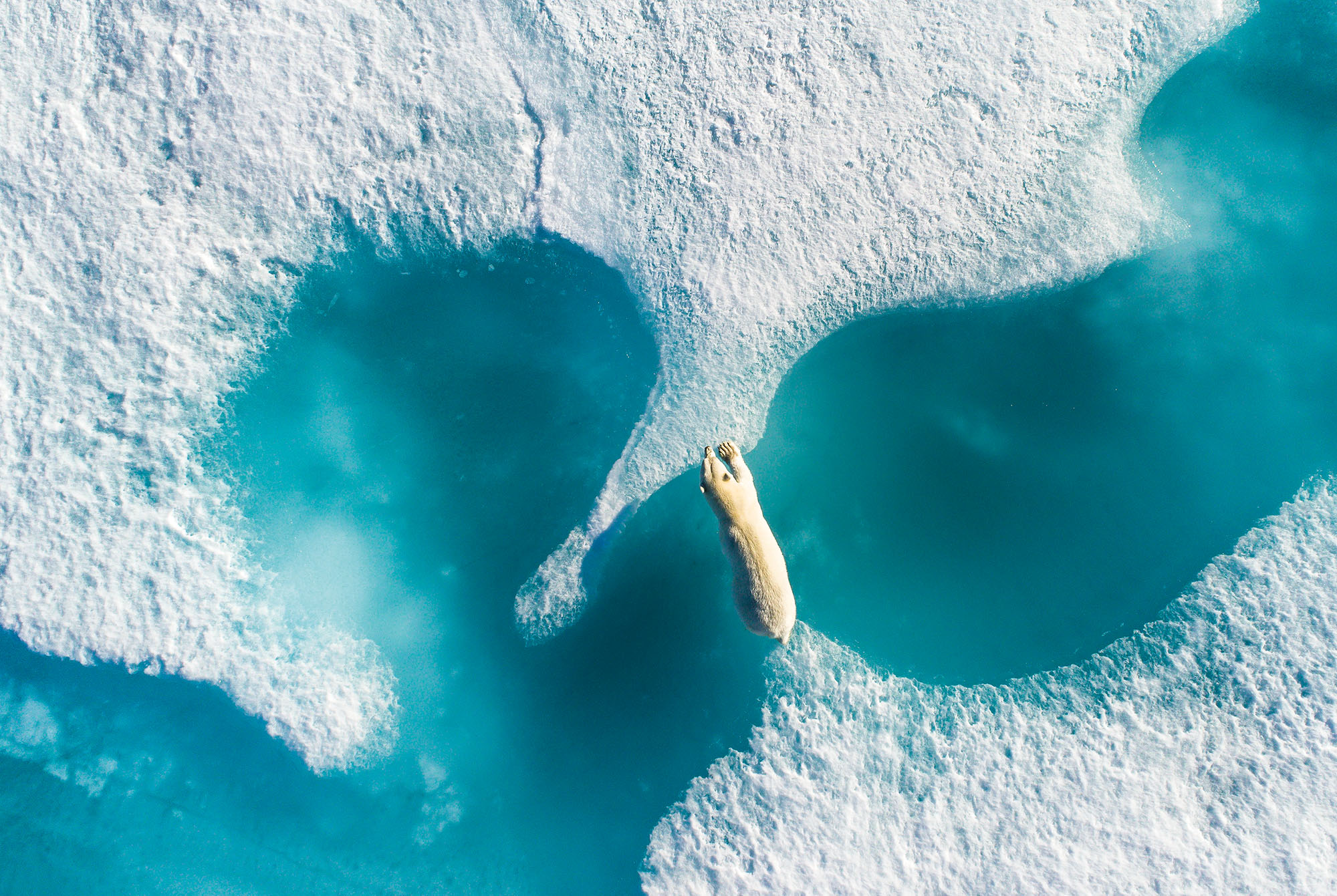
This year’s event was curated under four themes: art, adventure, emotions and life. However, the natural world as well as the need for animal conservation featured heavily across the hundreds of presentations at the four-day event. “It is easy to forget that in this world we live in today everything comes from nature, everything we eat, wear and even what our homes are made of,” Vitale says. “I think that the next generation understands that we are completely out of balance and that we need to engage governments, institutions, corporations and the most marginalised people. Everybody needs to be part of this awakening.”
Whilst such a goal is huge and wide-ranging, Vitale explains that the key is to focus on the details. The story of Sudan is an individual one and that is why it touches hearts. The same can be said for the intimate and beautifully composed image of a polar bear leaping between ice floes in Lancaster Sound in Nunavut, northern Canada. Taken by Florian Ledoux, a self-taught French photographer who gave up his job as a technician in the Navy just two years ago to document the tale of the dwindling ice homes of polar bears and other Arctic wildlife, the image won 12 awards and catapulted him into a professional career as a nature photographer.
“Nature is the place where everything makes sense, and the main issue with the state of the world today is that we are disconnected from nature,” he says. “I wake up every morning and think about how I can make a difference. I believe it is with images like these that we can make a difference.” Ledoux gave an inspirational talk about his journey and this particular image, which he selected as “the photo that changed my life.”
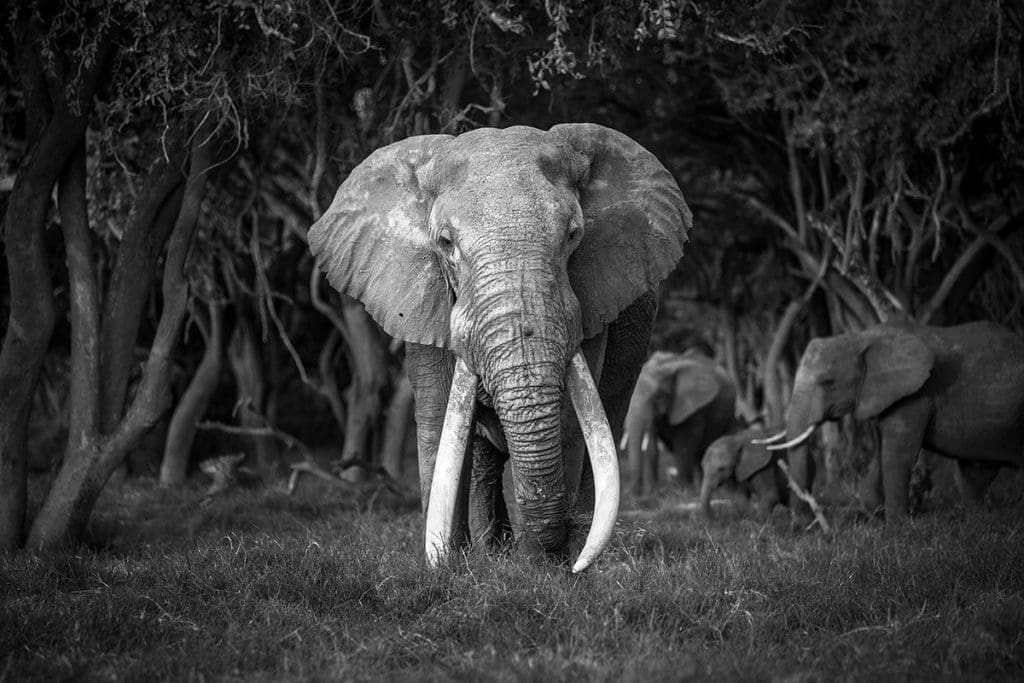
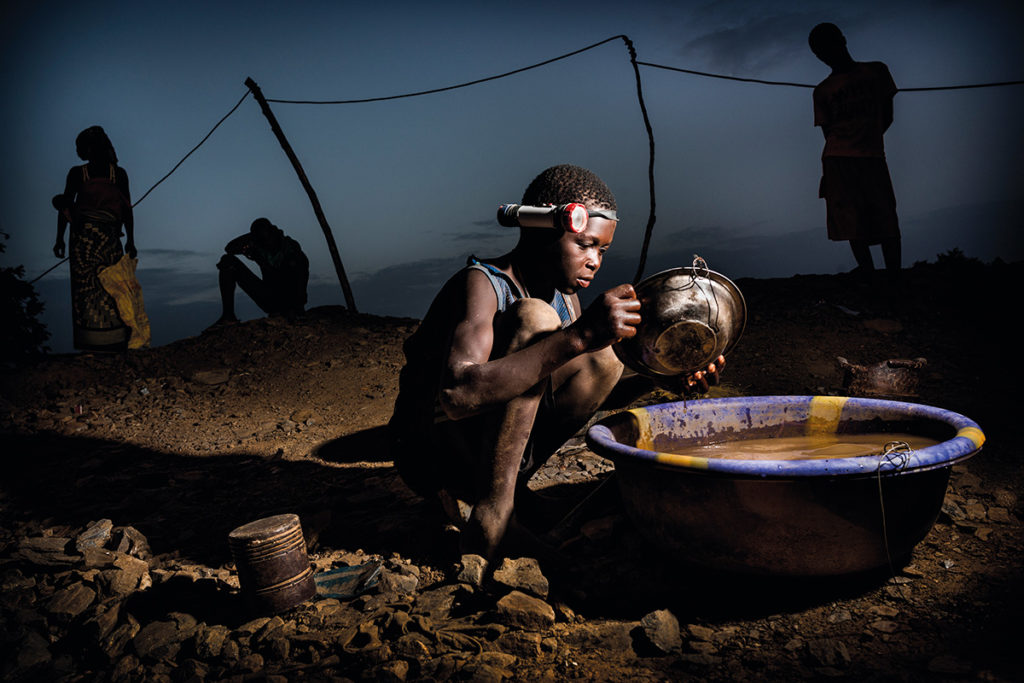
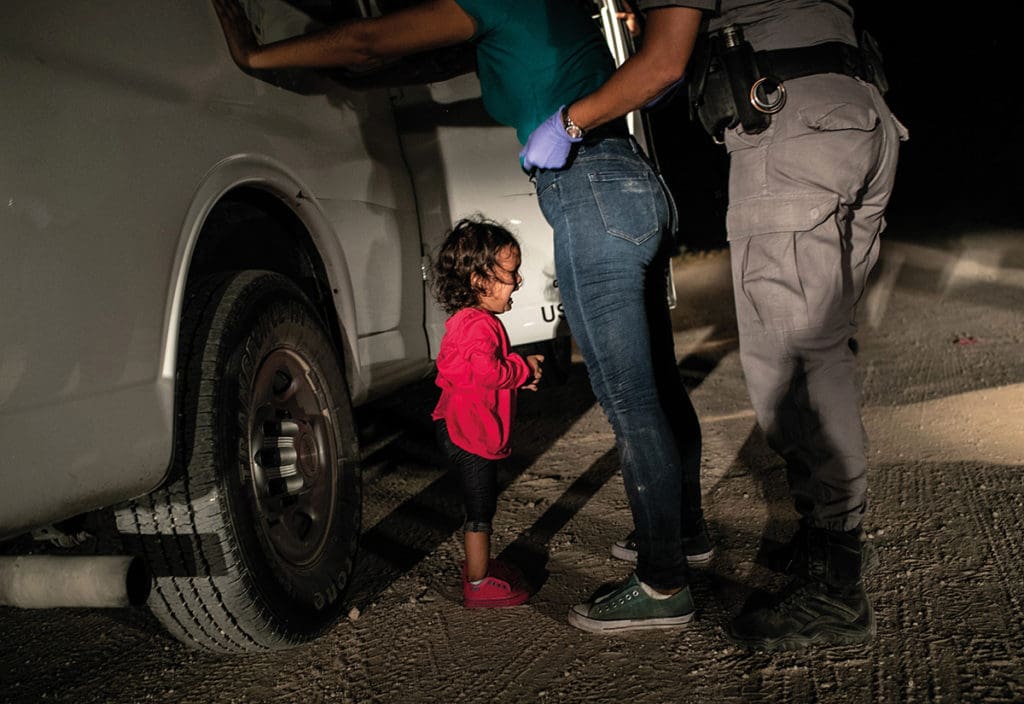
Kathy Moran, National Geographic’s Deputy Director of Photography, discussed the power of images to change the way viewers think and ultimately how they can change policy decisions due to their unique impact. Moran delved into specific cases about improved protection efforts and talked about changing perspectives on issues such as wildlife tourism.
Impact and perspective were at the heart of Will Burrard-Lucas’s presentation. Undaunted by his many attempts to capture unique, close-up, ground-level photographs of African wildlife, he built a device, BeetleCam—a remote-controlled buggy with a DSLR camera mounted on top—that resulted in a ground-breaking collection of images.
Gabriel Wickbold, a young Brazilian photographer whose signature is using material such as paint, light or glitter to create portraits that reflect the inner soul, called his work poetry. “I am not going to change your consciousness through my images, but my main goal is to push and provoke my viewer to see the power and poetry of art, which can ultimately give us a completely different perspective,” he says.

The pressing concerns of global social and economic problems also appeared in several of the most moving human series. Omar Victor Diop, a Senegalese artist, presented an exhibition titled Read, Write, Create Africa commissioned by the International Publishers Association. Following a family through a series of colourful and intimate portraits, Diop aimed to promote a culture of literacy as well as to show daily life in his hometown of Dakar.
One of the most memorable images of the event was Crying Girl on the Border, winner of the World Press Photo of the Year in April 2019. The image shows a two-year-old Honduran girl named Yanela Sanchez crying as she and her mother, Sandra, are taken into custody by US agents at the Mexican border. Shown as part of an exhibition titled Undocumented, comprising 31 large-format prints by John Moore, who has won six World Press Photo awards, the image puts a human face on the contentious zero-tolerance immigration policy of President Donald Trump.
“I want people to see each other in this issue on all sides as human beings,” Moore says, underscoring the importance of remembering the individual stories among such global crises. “The idea is to put our pictures in context. In this case, I wanted to show how difficult the situation is from both sides. A good picture should tell both sides of the story.”
Alongside the exhibitions, talks and workshops, Xposure also holds a prestigious and worldwide competition. With 14,841 entries from 111 countries, the 2019 edition received the highest number of applications in the festival’s history. Among 11 categories, prizes were awarded for portrait and people, nature and landscape, mobile photography and architectural photography. There is also a category dedicated to employees of Sharjah’s government as well as awards for night photography, photojournalism, short films and moving image, best of the Emirates, a junior category, and an overall winner, all of which were presented at the gala closing ceremony. The Timothy Allen Photography Scholarship Award offered five winners a 10-day residency programme in Sharjah.
Sheikh Sultan concludes: “Through Xposure, we want to preserve the important art form of photography, while bringing its practitioners and patrons together in a space that allows free-flowing interaction and exchange of ideas and the sharing of stories we wouldn’t have otherwise heard or seen. Xposure brought stories from around the world—about people, nature, culture, traditions, art, life, adventures, war, crisis, hope, humanity, losses and triumphs. It is a place of learning and it is an event that has been created with the intention that when each one of us walks out, irrespective of having spent an hour or a full day here, we feel truly nourished—by art, by life.”
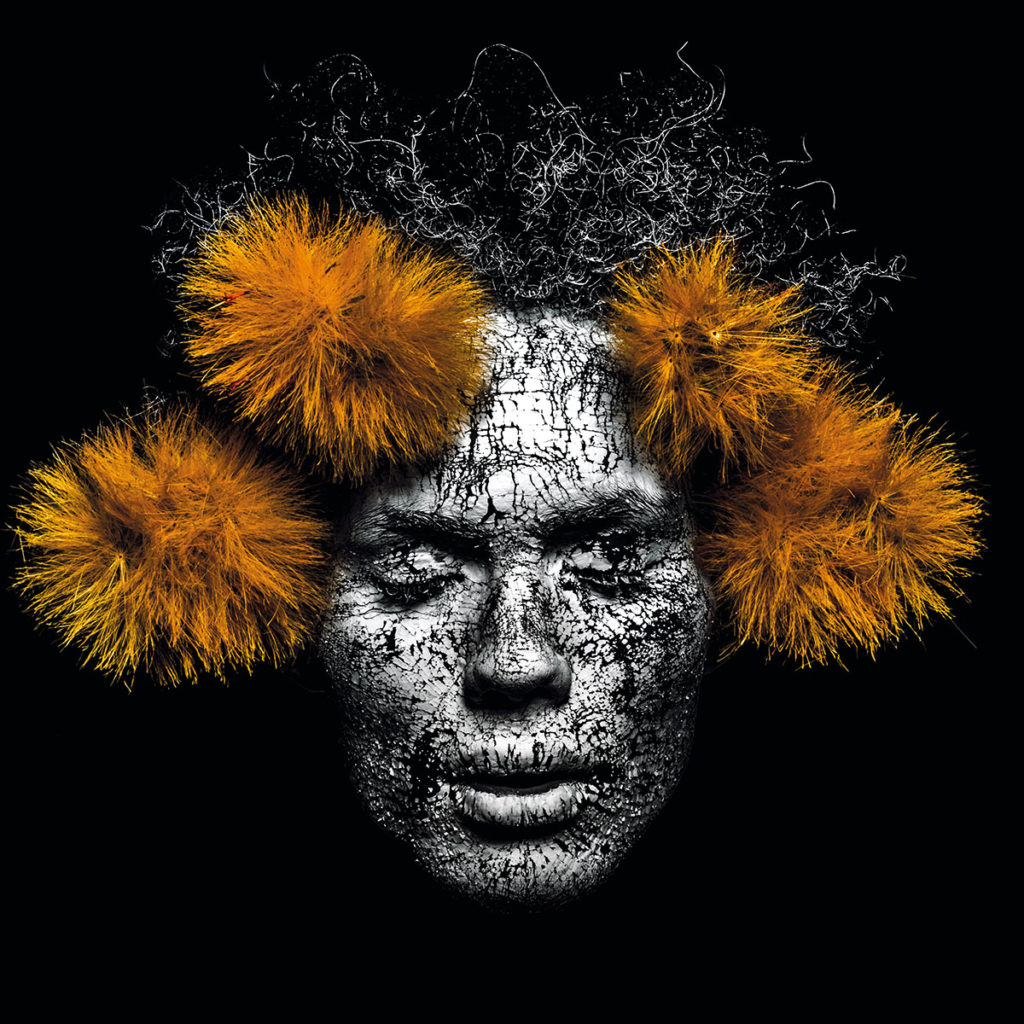
THE COMPETITION WINNERS
Fahad Abdualhameid and Deryk Baumgaertner won awards in the Architecture category, while Rene Bernal and Tony Law took the two Photojournalism awards. In the Junior category, Abdulaziz Almansoori won and Abdulrahman Al-Naqeeb was the runner-up. Thibault Flament was honoured for taking the top spot in the Short Film & Moving Image category, and Jing Yi Low took the second spot. In the Sharjah Government category, Fahmi Alshalili topped the list, followed by Ahmed Al-Ali.
Winner of the Mobile Photography category was Zay Yar, with Lin Mithail Afrige Chowdhury coming second. Mohammad Murad was the winner of the Night Photography category, while Mohammed Badwan secured second place. Winners of the Nature and Landscape category, João Galamba and Tomáš Neuwirth, were also honoured. The Portrait and People category winners were Svetlin Yosifov and Hlaing Myint Min.




